With his last breath, a particular character near the end of Trails of Cold Steel 2 encourages his former classmates to move forward, relentlessly, if they hope to achieve their goals and see peace reign in Erebonia once more.
It’s a moment and sentiment that aptly summarizes the game’s follow-up. Trails of Cold Steel 3 pushes the entire series forward in narrative, scope, and mechanics, improving on previous titles’ foibles to deliver a JRPG masterpiece.
Note: small story spoilers for Trails of Cold Steel 2 follow.
The Legend of Heroes: Trails of Cold Steel 3 Review — Forward, Relentlessly
The game starts a year and a half after Cold Steel 2 ends. The civil war might be over, but the Erebonian Empire is in a state of flux. Chancellor Giliath Osborne moves towards achieving his goals — though precious few people know what those are — completely reshaping the empire, its government, and its social structure in the process.
Dissent ferments under the surface thanks to his actions. However, there are many more actors on the stage than the Blood and Iron Chancellor. They are all equally determined to leave their mark on the world.
Amid this vortex of unrest is Rean Schwarzer, hailed as the champion of the civil war, navigating between his duties as a government agent and an instructor at the newly established Thors Military Academy Branch Campus.
Though it takes place partly at a military academy (again), you quickly learn this isn’t just another school story.
Cold Steel 3 is the point where plot threads from the Trails in the Sky games and the unlocalized Trails to Zero and Trails of Azure start to come together at last. These narrative pieces combine into a lens that gives a more in-depth look into the true nature of the Erebonian Empire, one that goes beyond politics and military machinations. Though those are undoubtedly important, it delves into the darker side the first two games only hinted at.
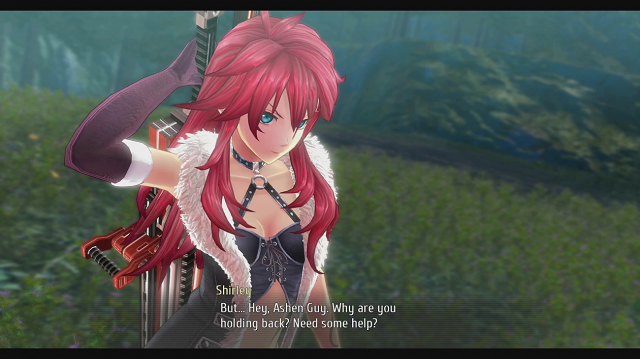
It’s a vast game, but the way major plot points and characters are handled means you’re pulled in from the start. There’s never a dull moment, with some significant and unexpected events taking place as early as midway through the first chapter.
I’m roughly past the halfway point, but thanks to accidentally spoiling the major plot points a while ago, I can say everything combines seamlessly to culminate in an explosive finale. Cold Steel 3 does a superb job of building on everything that came before, but even standing alone, the entire experience is utterly compelling and masterfully delivered throughout.
No story can hold its own without quality characters, and fortunately, Cold Steel 3 has those in spades. The new Class VII is immediately likable and exciting, benefiting from you getting some characterization and backstory right away. Not only is Class VII instantly engaging, but the entire Branch Campus is full of distinct personalities, personalities who also get interwoven in the story much more than the old Thors students did.
However, that two-game long buildup does pay off well for Old Class VII. As they gradually reunite with Rean throughout the story, you’ll see each of them, including Rean, has a noticeably more-defined personality.
Improvements All-Around
The V.O. performances are better than ever as well, especially for Rean and Old Class VII. Voice work in the first two Cold Steel games wasn’t bad by any means, but it definitely seems like all the actors have made the characters their own, which fits perfectly with Old Class VII’s confidence in their new paths as well.
It’s worth noting the localization is very good throughout. For the most part, you wouldn’t really know the translation and localization were handled by a different publisher this time around. It’s that seamless. If anything, the script seems a bit livelier than the previous Cold Steel games, though that could just be the source material, too.
There are some typos and a few other issues, perhaps more than one might hope for. But these are outside the main storyline. They don’t amount to much more than a missing letter or word here and there, with a few exceptions.
Sometimes, the flow is a bit rough, and one or two NPC comments require a few seconds to work out, but it should also be said these are nothing as problematic as the original Ys VIII translation. NISA is set to fix these with a Day-One patch anyway.
On the visual side of things, Erebonia looks better than ever. Being built natively for the PS4 gives the presentation a huge boost, which, even though it’s not taking full advantage of the system’s capabilities, is still a significant change for a Falcom game. Colors are brighter, the gameplay is silky smooth with hardly any loading times (a huge blessing for those coming from the Vita games), and character models are much more detailed than before.
These improved character models lend themselves to a greater range of expression during dialogue, too. The days of that gorgeous 2D artwork accompanying dialogue boxes in Falcom games are well and truly gone. Still, the flexibility of expression and better fidelity in modeling makes the digital models pretty darn close to the 2D artwork.
The presentation is helped along by an outstanding soundtrack as well, one that’s a step up in sophistication from previous titles. If you check it out on Spotify, you’ll notice it’s divided into four albums. That’s because almost every track used is brand-new for this game, ranging from the sweeping and evocative to lighthearted and bubbly as needed.
Granted, there’s no specific stand-out track like Azure‘s “Omen” or Cold Steel‘s “Atrocious Raid.” But at the expense of one track that tells you “Ah yes, the shit is indeed hitting the fan,” you get a full-bodied, tonally and thematically unified work throughout the entire game.
The Eighth in the Third Arc in the What Now?
With all those layers and nods to other games, you’re probably wondering whether Trails of Cold Steel 3 is a good starting point for the series. You might be surprised to hear that, despite relying in part on the plots of all the other story arcs, the answer is “yes,” with just a couple of caveats.
Falcom president Toshihiro Kondo has mentioned in multiple interviews that, by the time development of the Cold Steel series began, the team realized the backstory and density might make it rather tricky for newcomers to get into the series. So, the Cold Steel games were meant to both continue the series and welcome those who’d never touched a Trails game before.
While the plots and other characters are undoubtedly crucial to what’s going on in the series, Cold Steel 3 in particular, the majority of it isn’t presented as if you should know it already. What’s happened outside the first two Cold Steel games isn’t really known by the core cast anyway. This creates a narrative where you learn about pivotal events and people as Rean-and-co. do, giving you enough information to understand what’s going on without expecting you to play all the other games first.
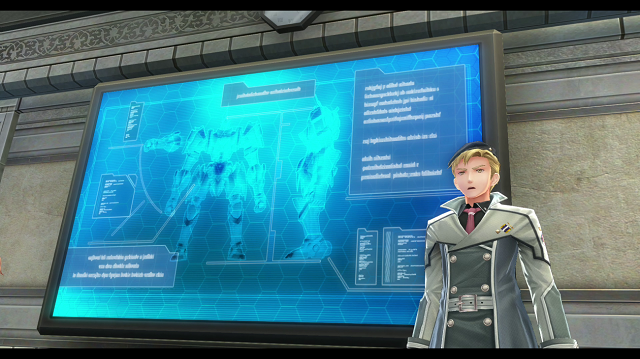
The other thing that lets Cold Steel 3 do this is the way the Cold Steel arc’s narrative is structured, to begin with. The first two games don’t really emphasize the major plot elements, focusing on Erebonian politics instead. Cold Steel 3 builds on those political happenings but ties them to new and more significant plot points.
Of course, this means you’d do well to at least have played the first two Cold Steel games, so you have a clearer understanding of who everyone is and what went down. If you’re curious about this specific entry or really want to experience it without spending the time to play the first two, though, that’s still possible.
Like its predecessor, Cold Steel 3 includes a generous backstory section in the start menu, where you can either catch up on what happened before and who was involved or learn about it for the first time.
There’s also the game’s official website, which NISA has turned into a veritable encyclopedia of information. Between those two things, you might still feel adrift at times, but you could still certainly enjoy the game as your first one.
Field Triiiip!
The story and all its trappings unfold in a way similar to other entries in the series. Each chapter segment brings with it a variety of tasks to complete, including required and optional tasks, and you’ll start at the Thors Branch Campus.
Campus tasks range from training in Einhel Keep, which benefits from being a much more interesting place than the Old Schoolhouse to helping out the folks of Leeves, and offering some assistance either to your fellow instructors or your students.
The entire branch campus goes on Field Exercises every chapter as well. These might sound like the quintessential school activities, but they’re actually full-blown military exercises. The Branch Campus investigates various, potentially deadly, disturbances in the western empire and the province of Crossbell while the imperial army is busy fending off an invasion in the east.
So they’re sort of like field trips from hell in that respect. Fortunately, you meet a ton of interesting people along the way.
Tasks during these exercises are similar but with a twist. You’ll help out the citizens of whatever area you’re in at the time, but with some crucial quests mixed in with the optional ones.
Completing quests always rewards you with money, items, or both. Doing so also increases your Academy Points. As your Academy rank goes up, you get unique, often useful, items as rewards. Plus, along with unlocking a trophy for maxing your AP, the data carries over into the next game with some extra bonuses.
On top of those optional and crucial quests are the objectives the government wants Class VII to fulfill. These typically entail gathering information, exploring a specific location, and uncovering just a bit more about what’s going on in that location and Erebonia in general.
As always, each segment has at least one missable sidequest that isn’t on your to-do list, but this time around, they get quest markers anyway. They’re still easy to miss unless you check your map constantly, though, so it doesn’t take away from that feeling of discovery when you stumble on a hidden quest.
Even still, it’s worth wandering around and speaking to the NPCs you meet. Vibrant NPCs with their own unique stories that change as the game progresses is one of the series’ hallmarks, and Cold Steel 3 is no different.
Whether it’s gaining a new perspective on an important plot event or watching NPC relationships grow and develop, Erebonia feels even more alive and dynamic thanks to these extra touches.
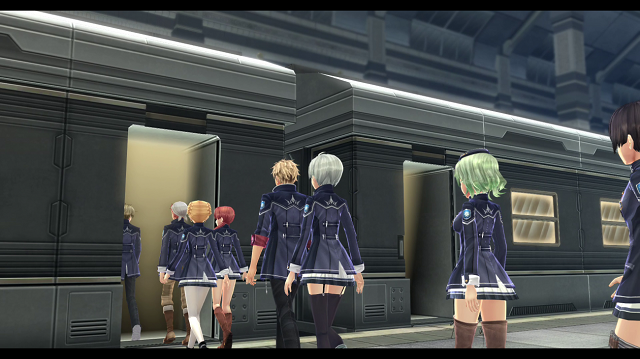
CS3 introduces two additional sidequest types, too, one where you’re tasked with finding radio material for the Leeves branch of Radio Trista, and the other where you take landscape photos for a former Thors classmate turned journalist.
There’s also the in-game card game, Vantage Masters, a replacement for Blade from the first two games that lets you challenge certain characters and party members to strategic card battles just for the fun of it.
In short, it’s a massive world, with a wide variety of things to do and see.
Previous games in the series sometimes struggled with balancing optional quests and activities with the main plot, but Cold Steel 3 handles them in a way that feels better balanced and more streamlined. That’s in part thanks to an improved fast travel system that lets you navigate to specific parts of the highway or a side area, making monster quests — and the almost inevitable trek back to town to buy necessities — so much faster and easier.
The quest structure works in the game’s favor, as well. Most of your sidequests are assigned early on in an area, and they help you navigate that new area. By the time events really start to kick-off, the quest volume drops, so you don’t have four or more quests hanging over you while you choose between them and the main story.
Overcoming Barriers
The combat system has also received an overhaul. It’s still based on the same concepts and systems as the first two Cold Steel games, but it’s faster, smoother, and more strategic.
The old ring menu system is gone, replaced by a Persona 5-inspired layout with actions mapped to face buttons and directional arrows. It’s a pretty simple change, but it has a surprisingly noticeable effect on how smooth the action feels.
Divine Knight battles are much more involved and entertaining than in Cold Steel 2, and with the ubiquity of Panzer Soldats, other characters piloting their giant mechs regularly join you.
The PlayStation 4’s capabilities also seem to have affected the game’s smooth combat. Movements are faster and less blocky, animations for arts and crafts unfold quickly, and the overall tempo just seems faster. If it’s still too slow, there’s even a Turbo feature you can activate to make it move even quicker, added in just for the English release.
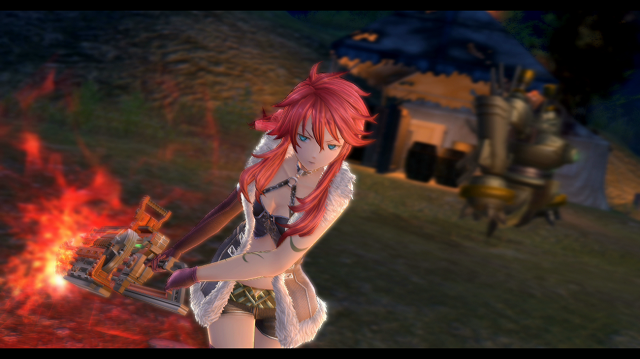
There are some other big, new highlights for the combat system as well. Enemies now have a Break meter that gradually depletes as you attack them, with specific crafts causing more considerable Break damage. Once an enemy’s Break gauge reaches zero, it’s immobilized for a turn.
Brave Orders are another new feature, one that gives added purpose to the Bravery Points (BP) you get from unbalancing foes. Each character has at least one Brave Order they can activate for a set number of BP, with effects ranging from increasing defense, reflecting attacks, or multiplying Break damage to shortening action delay and cutting received damage in half.
If you’re playing on normal, it’s incredibly easy and satisfying to break the game using Break and Brave Orders. If you’re playing on hard, these features are vital for making it through. Fortunately, the difficulty is adjustable at any time, except Nightmare mode, so you’re free to experiment as you see fit.
Finally is the addition of a second Master Quartz slot, which opens up character build customization even more than before.
Determining when to use BP for an Order or a rush attack, whether to prioritize Breaking or defense, and figuring out what Quartz combinations suit the situation or your playstyle make this the most involved and engaging combat system in the series to date.
The Legend of Heroes: Trails of Cold Steel 3 Review — The Verdict
Pros:
- Deeply layered story, tightly knit, and full of surprises
- Massive and engaging world
- So much to do — or not, if you don’t want to
- Brilliant characters and characterization
- Improved combat system
- Numerous quality of life enhancements over previous entries
- Fantastic soundtrack
- Best visuals in the series to date
- Surprisingly accessible for newcomers
Cons:
- A few slow areas
- Doesn’t take full advantage of the PS4’s capabilities
The Legend of Heroes: Trails of Cold Steel 3 is a shining example of how to improve on a winning formula. Practically everything is improved compared to previous releases, from combat and narrative pacing to voice acting and visuals.
The story might be dense, but it’s one of the most intricate and finely crafted in gaming and fantasy. That’s due in part to building so well on what came before. Yet it still manages to welcome newcomers if you’re willing to do a bit of reading to catch up.
All in all, if you’re an RPG fan or are just curious what the fuss is all about, you owe it to yourself to give Cold Steel 3 a try.
[Note: A copy of The Legend of Heroes: Trails of Cold Steel 3 was provided by NISA for the purpose of this review.]

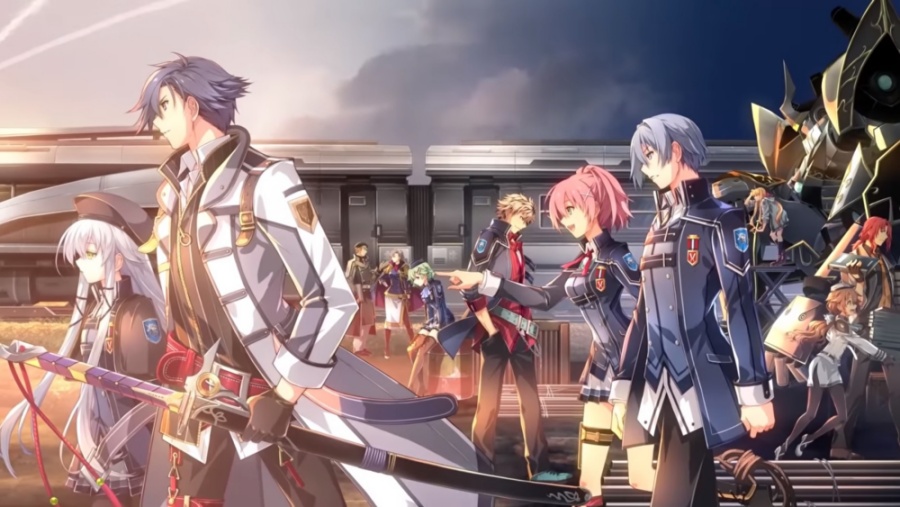
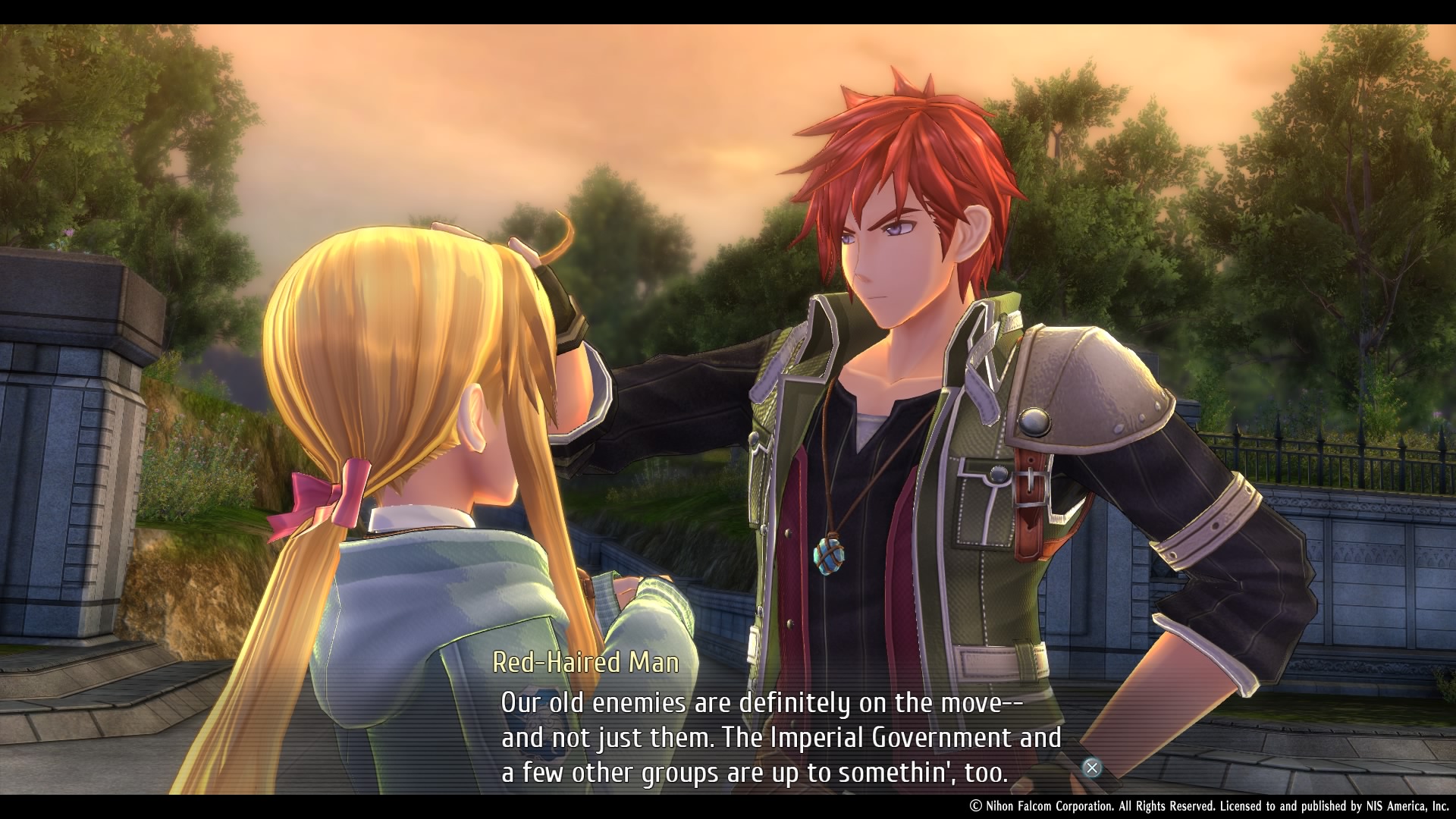
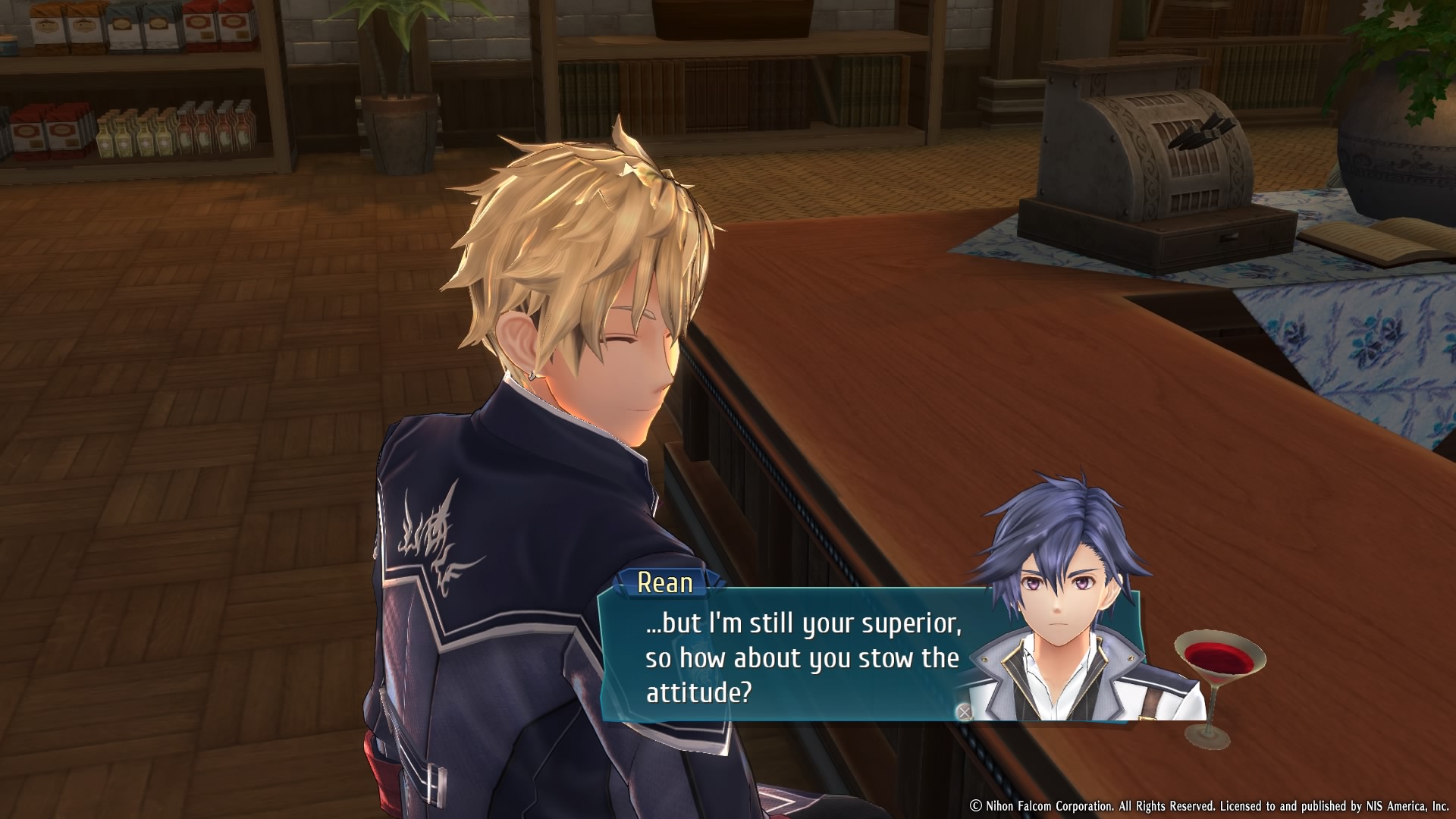
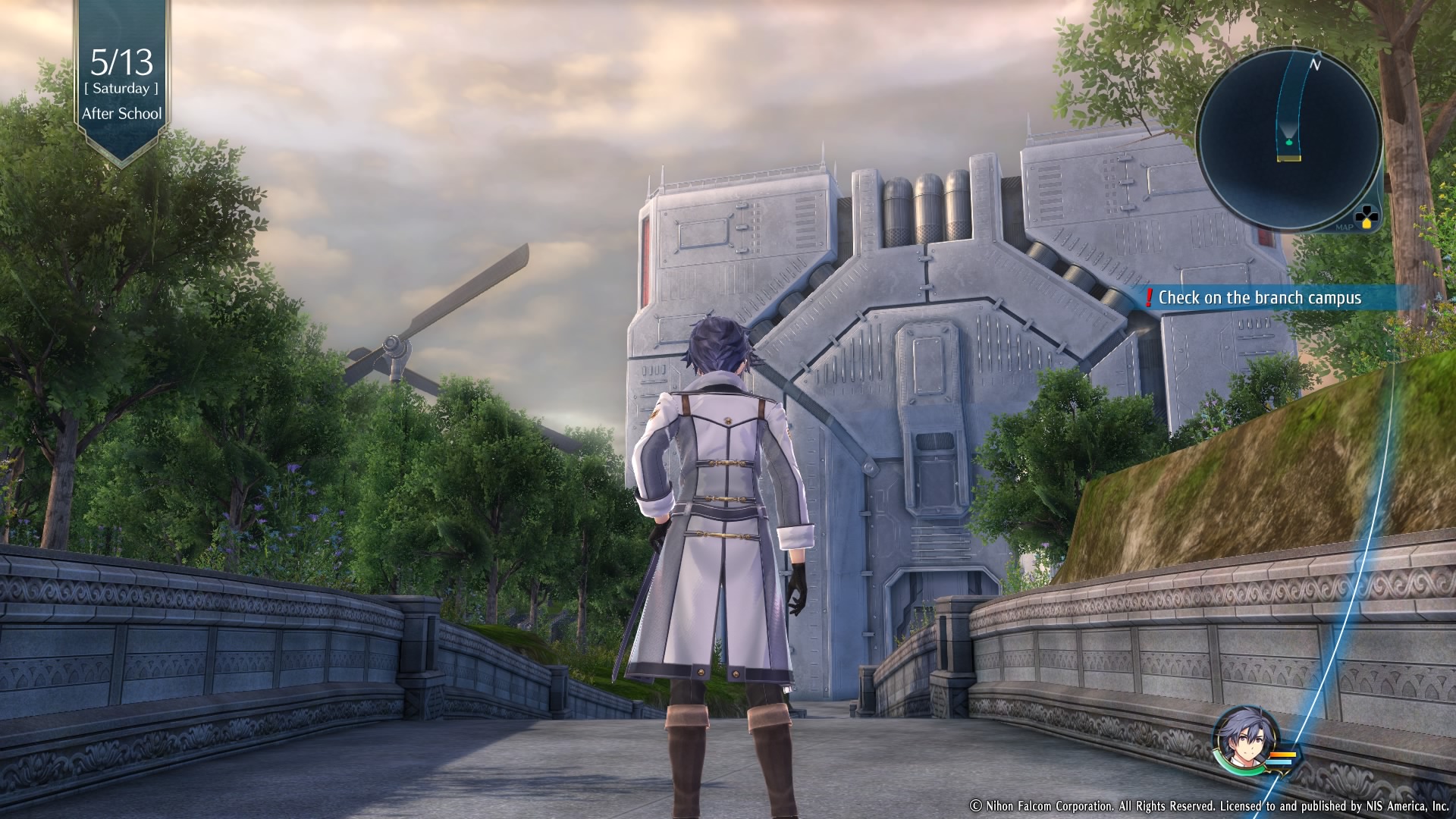
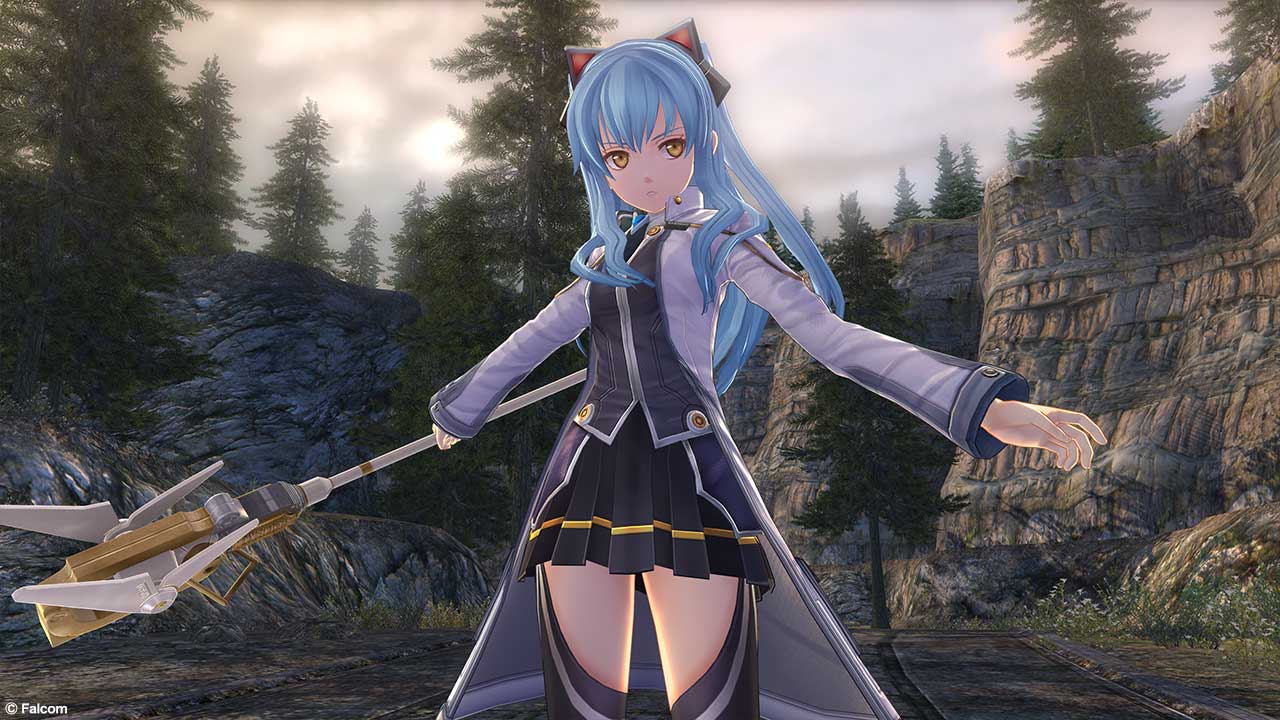
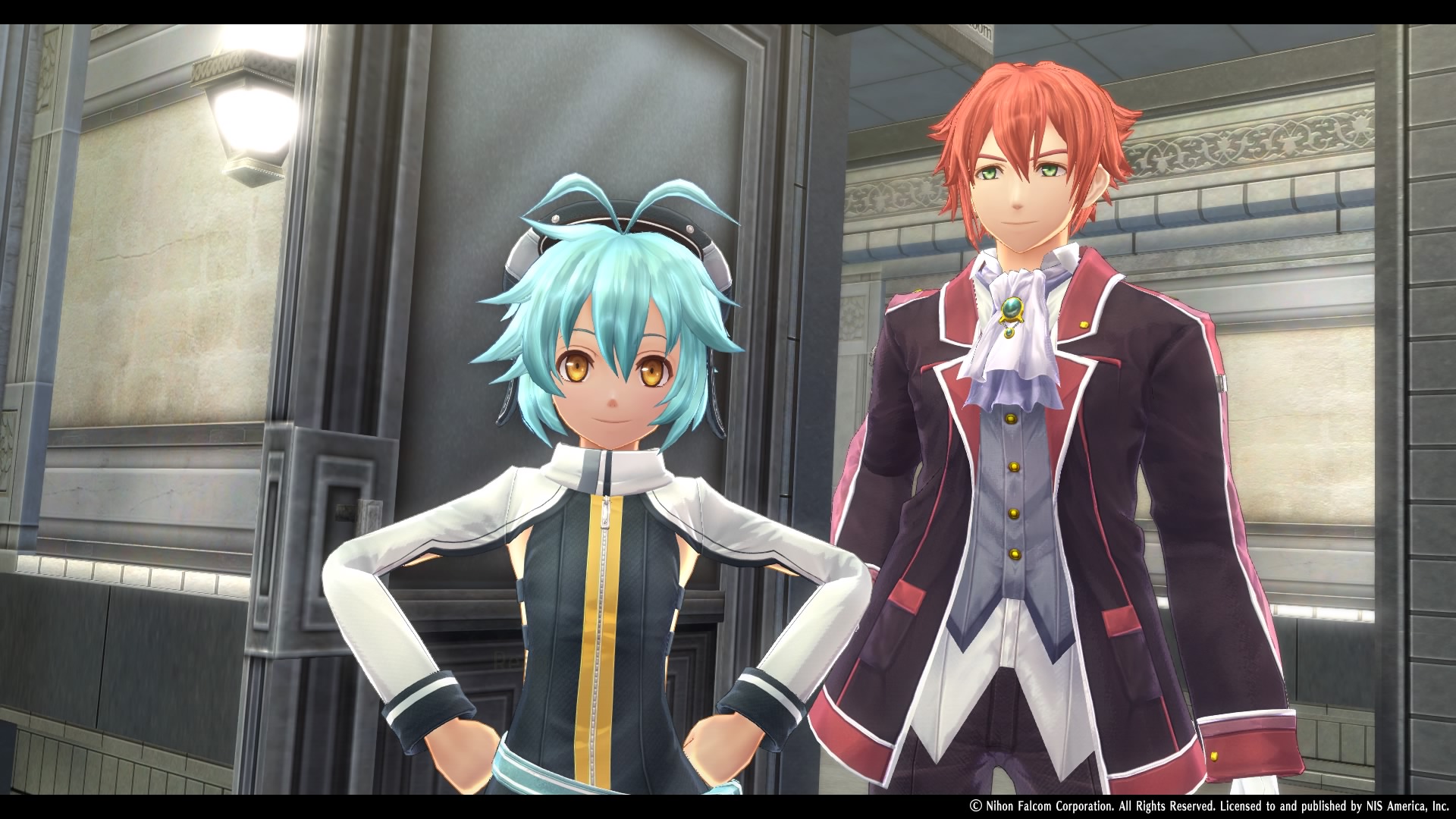
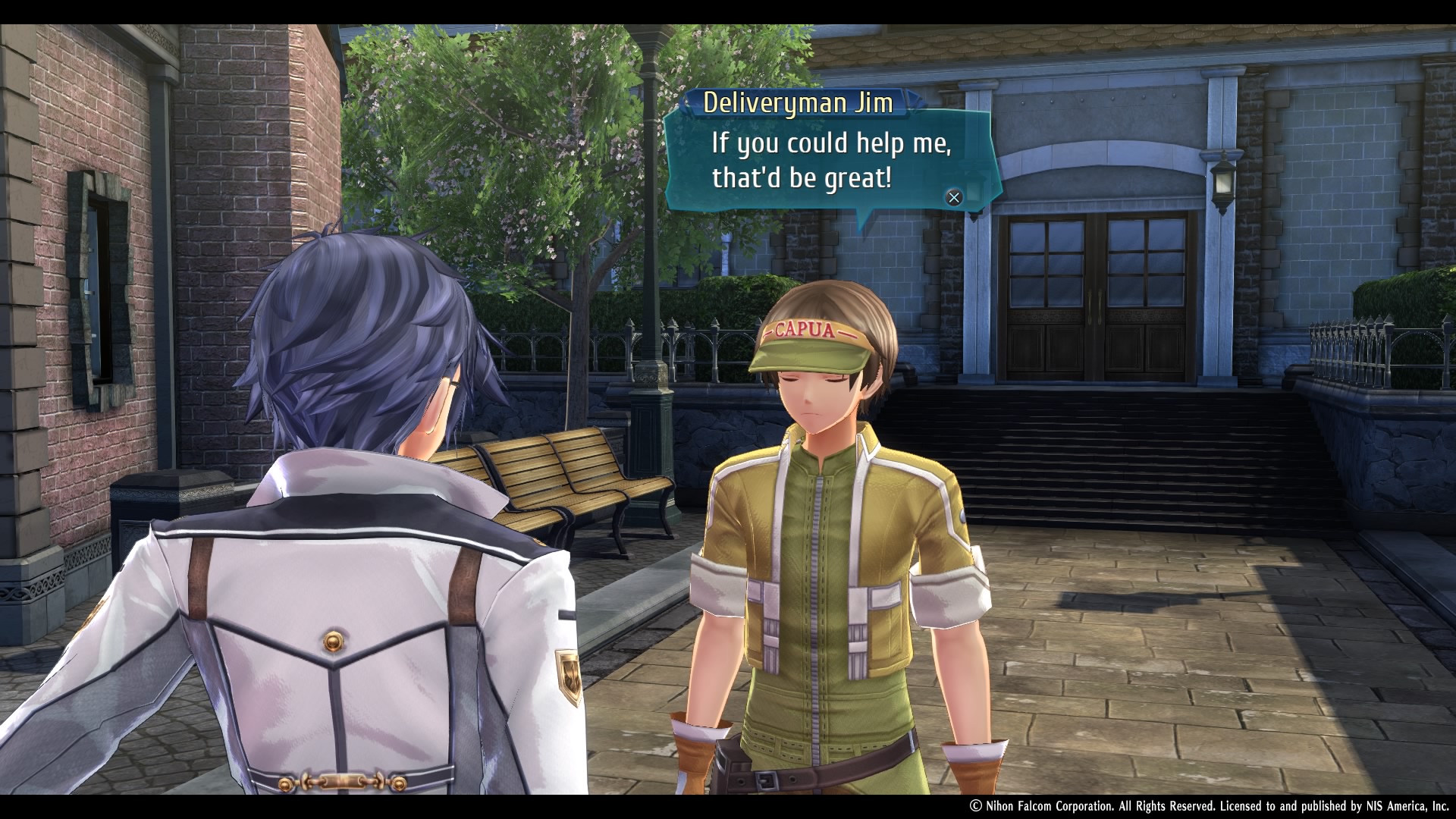
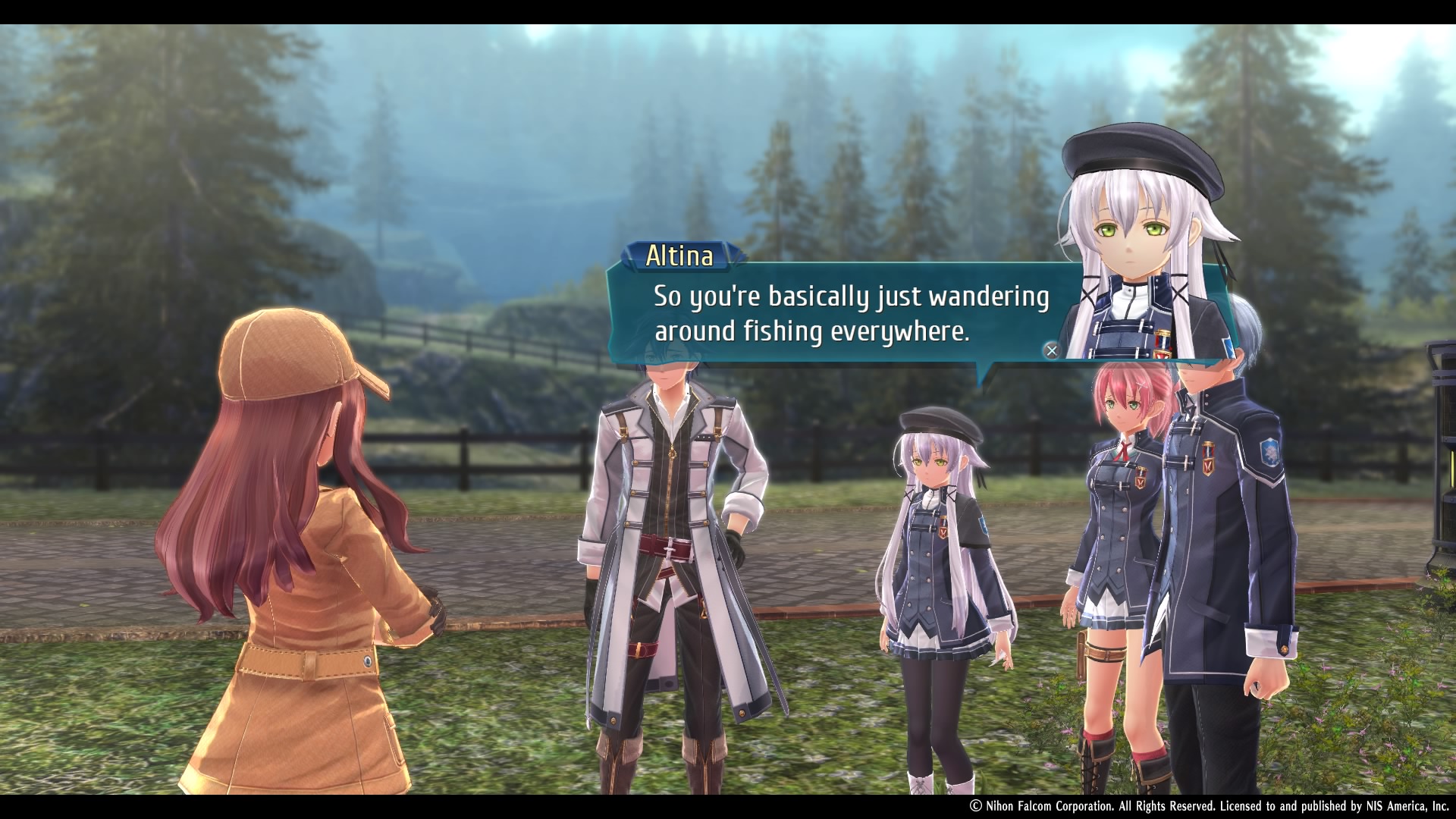
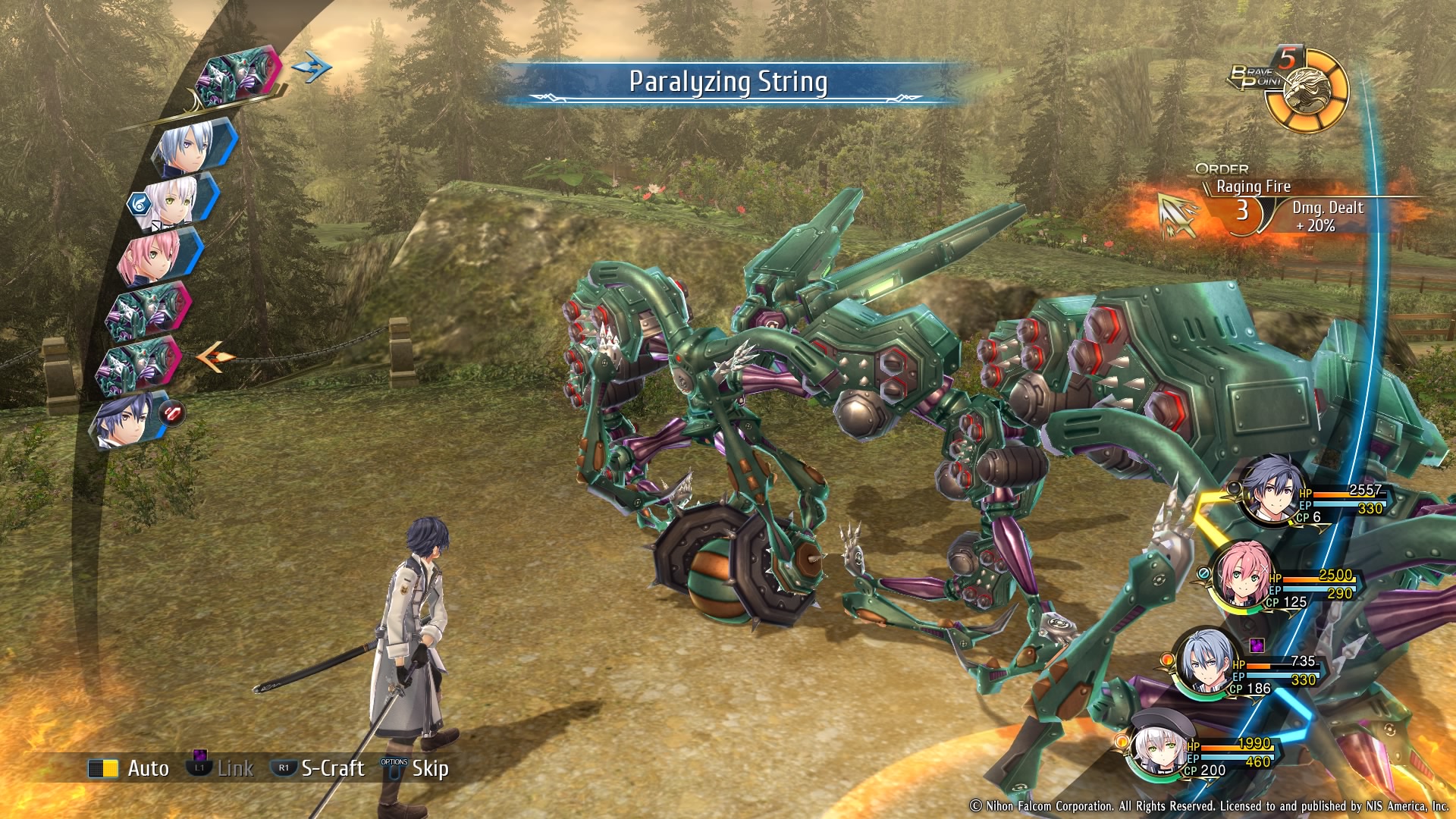








Published: Oct 14, 2019 10:21 am